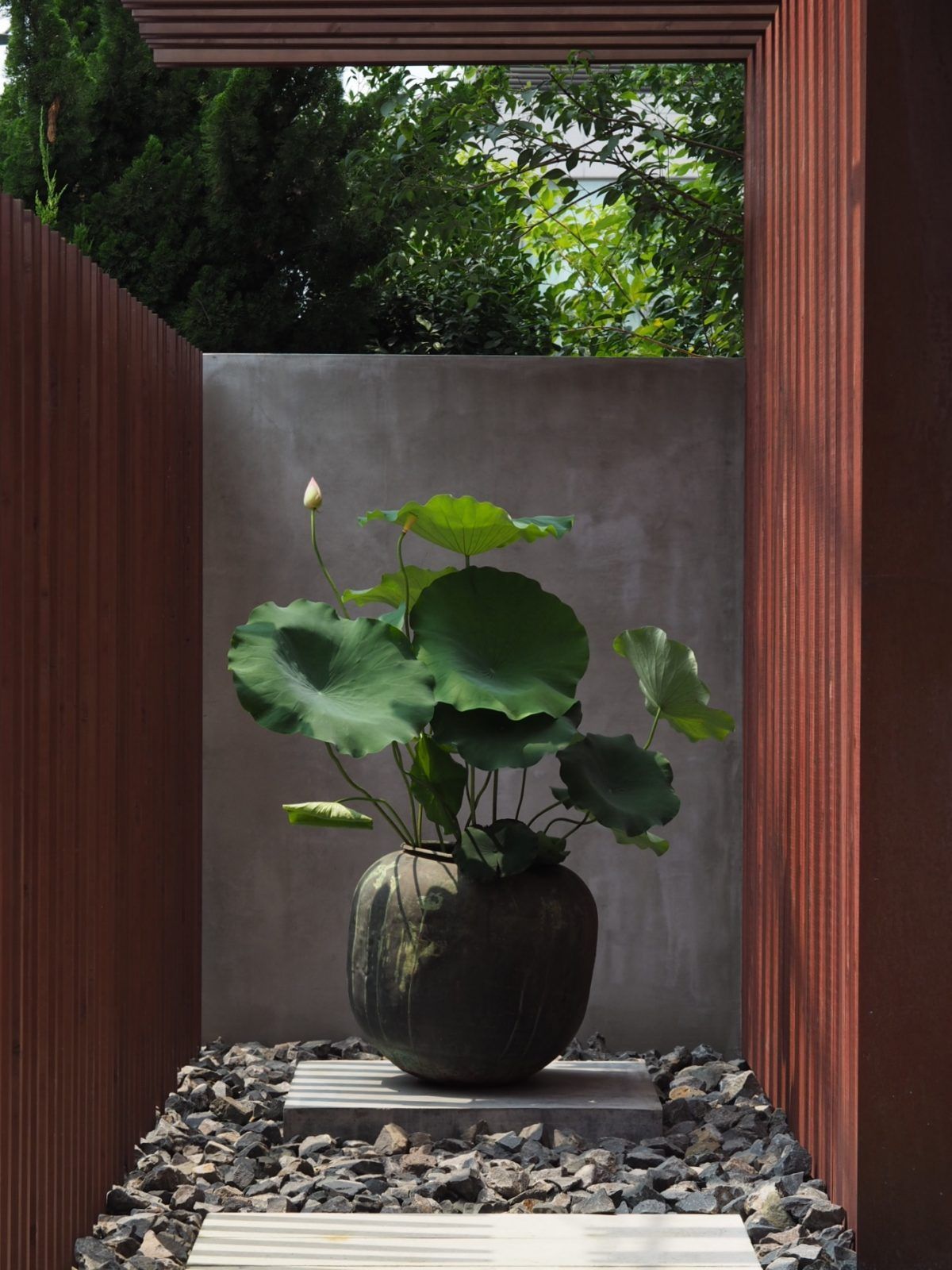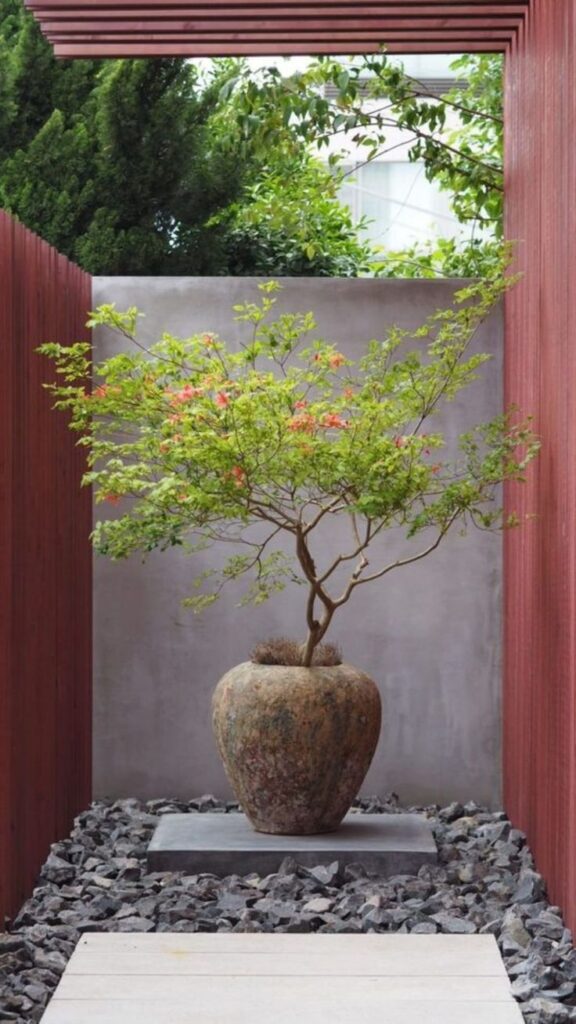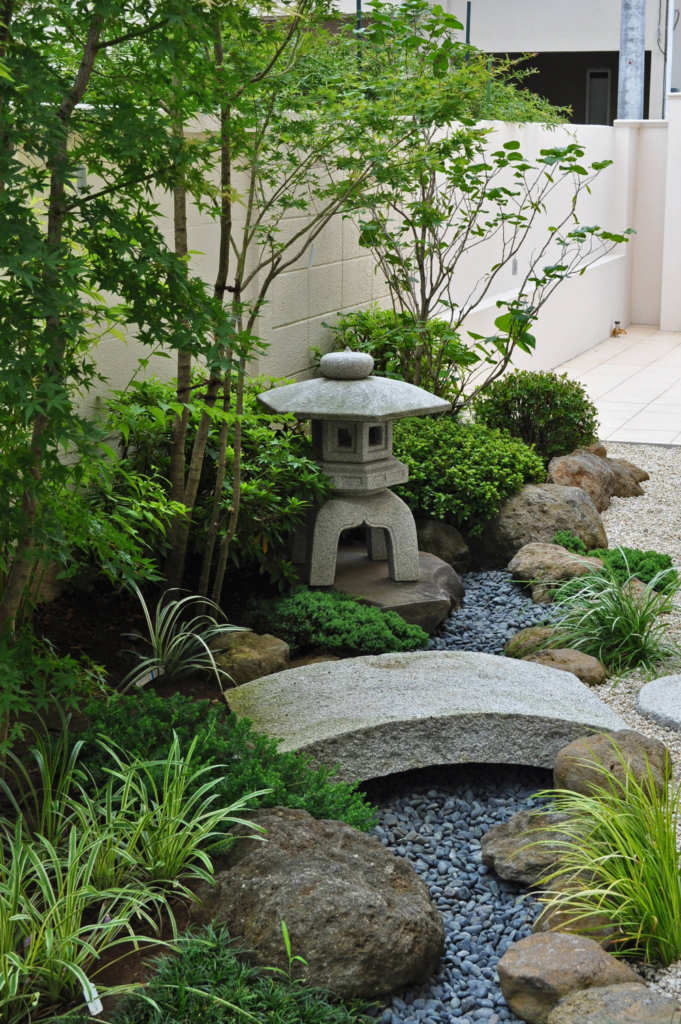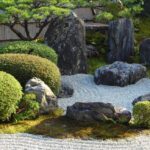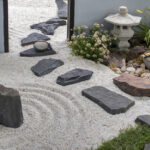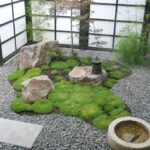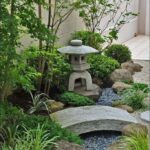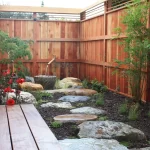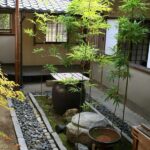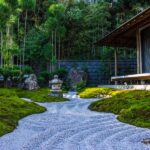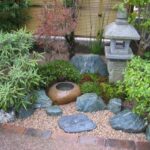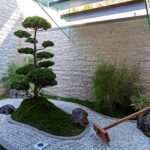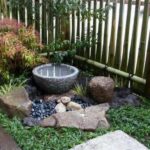Japanese zen gardens, also known as “rock gardens” or “dry landscape gardens,” are a beautiful and tranquil way to bring a sense of peace and serenity to any space. These small miniature landscapes have been used for centuries in Japan as a form of meditation and spiritual practice. The art of creating and maintaining a zen garden requires careful attention to detail and a deep understanding of balance and simplicity.
One of the defining features of a Japanese zen garden is the use of rocks and gravel to represent elements of nature, such as mountains, rivers, and islands. The placement of these rocks and gravel is meant to evoke a sense of harmony and balance, creating a miniature world that invites contemplation and reflection. By raking the gravel in specific patterns, gardeners can create the illusion of flowing water or wind-swept sand, adding to the overall sense of tranquility.
In addition to rocks and gravel, Japanese zen gardens often feature other elements such as moss, pruned trees, and lanterns. These elements are carefully chosen and placed to create a sense of order and simplicity. The minimalist design of a zen garden is meant to help clear the mind of distractions and create a space for quiet reflection and meditation.
While traditional Japanese zen gardens are often found in temples and larger landscapes, it is also possible to create a small and portable version for your own home or office. A miniature zen garden can be as simple as a shallow container filled with sand and a few rocks, or as elaborate as a meticulously designed landscape with carefully pruned trees and shrubs. Regardless of size, the key to creating a successful zen garden is paying attention to the details and maintaining a sense of balance and harmony.
Whether you are looking to create a peaceful retreat in your backyard or bring a touch of zen to your desk at work, a small Japanese zen garden can be a wonderful addition to any space. By embracing the principles of simplicity, balance, and mindfulness, you can create a miniature landscape that invites calm and contemplation. So why not give it a try and create your own little oasis of tranquility?
